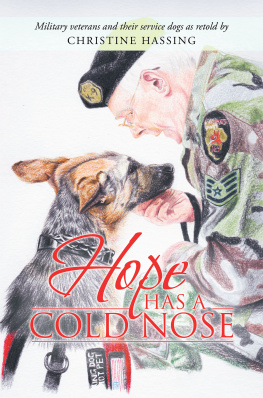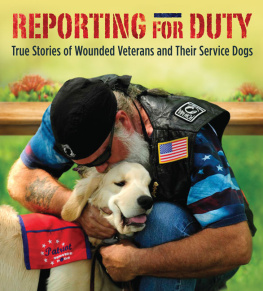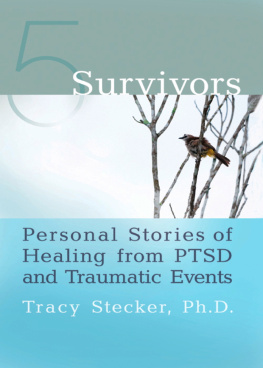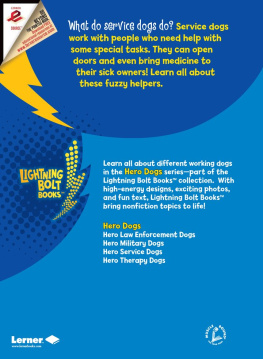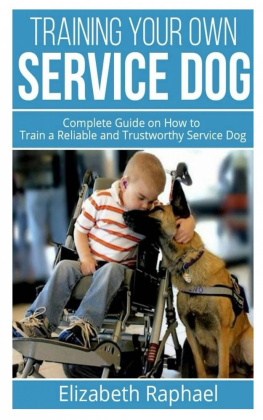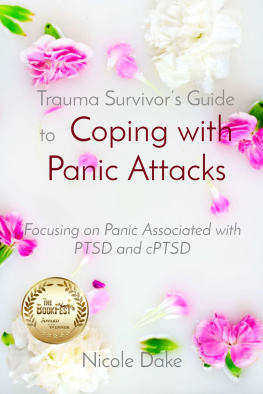Hope
HAS A
COLD NOSE
CHRISTINE HASSING

Copyright 2020 Christine Hassing.
All rights reserved. No part of this book may be used or reproduced by any means, graphic, electronic, or mechanical, including photocopying, recording, taping or by any information storage retrieval system without the written permission of the author except in the case of brief quotations embodied in critical articles and reviews.
Balboa Press
A Division of Hay House
1663 Liberty Drive
Bloomington, IN 47403
www.balboapress.com
844-682-1282
Because of the dynamic nature of the Internet, any web addresses or links contained in this book may have changed since publication and may no longer be valid. The views expressed in this work are solely those of the author and do not necessarily reflect the views of the publisher, and the publisher hereby disclaims any responsibility for them.
Scripture quotations marked NIV are taken from the Holy Bible, New International Version. NIV. Copyright 1973, 1978, 1984 by International Bible Society. Used by permission of Zondervan. All rights reserved.
The author of this book does not dispense medical advice or prescribe the use of any technique as a form of treatment for physical, emotional, or medical problems without the advice of a physician, either directly or indirectly. The intent of the author is only to offer information of a general nature to help you in your quest for emotional and spiritual well-being. In the event you use any of the information in this book for yourself, which is your constitutional right, the author and the publisher assume no responsibility for your actions.
Any people depicted in stock imagery provided by Getty Images are models, and such images are being used for illustrative purposes only.
Certain stock imagery Getty Images.
ISBN: 978-1-9822-5528-2 (sc)
ISBN: 978-1-9822-5530-5 (hc)
ISBN: 978-1-9822-5529-9 (e)
Library of Congress Control Number: 2020917945
Balboa Press rev. date: 09/28/2020
TABLE OF CONTENTS
To Peppi, who first taught me hope
and
To Yana. Namaste
Dear Reader,
When asked to share in a class who I most admired and why, I sat thankfully and fretfully in the back row of the classroom pondering my answer. I was thankful I was sitting in the back row and would not have to answer first so that I had the additional time to reflect. I was fretful trying to narrow my list down to one person.
When it became my turn to answer, my reply was something like this: I stopped telling people to watch the movie Extremely Loud and Incredibly Close when the overwhelming response I would receive was that the movie was so sad. I didnt see the sadness when I had watched the movie. Instead I saw the purpose of each encounter between the little boy and the individuals he met. I watched the gifts that came from tragedy. I found that I, too, desired to find and build 427 people into my scrapbook, twenty-fold. Throughout the entire movie I saw hope. What do I most admire? The strength and beauty of the human spirit.
I communicated that in class sitting next to a student who exemplified these two traits of those whom I most admire. Both of us were in an organizational leadership program and learning about servant-leadership. Both of us were now learning how we could take our leadership to next levels and he had far surpassed me in his experiences and capabilities to serve and lead in his career up to this point. His career involved the willingness and the vow to lay down his life for others in service to our country. And he was in class with his service dog who was supporting this veterans journey with PTSD.
As our journey with this class progressed, this student gave me one of his most valuable assets for a final class project. He gave me his trust to write his life story. He dug deep within to find his courage to share this story with someone who had zero experience in or with the military. Because he was being asked to bravely share his story with a stranger rather than close friend, he needed to decide to put aside fears that his story would be judged. He had to assess his willingness to verbally share a story that is very hard to give voice to. He was facing a requirement to take a significant risk that he would be stronger than the painful memories that might resurface by sharing his story.
Yet, stronger than these fears in my classmate was his inherent desire to continue to serve. His vow to lay down his life for others is a lifetime oath. He is no longer living out this vow deployed in a war zone; now he is living this vow as a civilian, a veteran, and a lifetime brother who does not want to see his armed forces brothers and sisters lose their lives now that they, too, are civilians.
We dont always know in the moment we take a step that we are entering a path we are being called to travel. Writing this veterans life story was the first step to this book you now hold.
Emily Dickenson wrote: Hope is the thing with feathers, that perches in the soul, and sings the tune without the words, and never stopsat all. From an unknown author, a quote reads: In my darkest hour, I reached for a hand and found a paw.
Hope Has a Cold Nose , is a compilation of veteran life stories written to increase awareness and understanding about the positive impact service dogs make in the support and recovery of those who journey with pain, trauma, sorrow, and despair (PTSD). It is a book unlike any of its kind, for it is authored by not just one individual. It is written by twenty-three additional coauthors who hope and pray that by bravely sharing their stories they will inspire their brothers and sisters in arms not to give up. It is a book of extraordinary stories of resilience, despair, survival, dignity, hope, and the power of fur and cold noses to aid healing in place of traditional treatments such as prescription medicines.
Much of the information communicated indicates that twenty-two United State veterans die by suicide daily. At certain points in time, the number was as low as twenty. As Shannon Walker, CEO of Northwest Battle Buddies, shares in her Mount Hood TEDx talk from November 2019, that is 7,300 lives per year. This is in comparison to 548 US military combat deaths per year. The current statistic is not as critical as the absolute reality; if even one life ends in suicide, the number is too high.
I am someone who believes so deeply that there is purpose in the emotional and mental anguish and grief that comes with life, and that we are called to make tragedy matter through the choices we make in how we respond. Because I believe that amid lifes darkest pains are beautiful gifts, my heart aches to think one person reaches a point in which living becomes too unbearable. Let alone twenty or twenty-two per day!
The number of suicides rise when we factor in first responders and others who serve humanity who reach a point where the weight of the pain, trauma, and grief becomes too great for them to bear.
The veteran stories you will read are from several branches of the military and from varying experiencesAfghanistan, Saudi Arabia, Iraq, Kuwait, Vietnam, Israel. Yes, Israel too. For on this journey of seeking stories of the positive impact of service animals in the lives of veterans journeying with PTSD, my path was led to two individuals who served in the Army in Israel. Their stories are affirmation that pain, trauma, sorrow, despair, and grief are not unique. At least one of these components of suffering we have all experienced and survived.
These two Israeli stories are also representative of something else to ponder, and perhaps ultimately learn fromthat we in the United States may adopt and apply to our own healing journeys. According to an article from 2014 written by Marissa Newman in the Times of Israel : 7 [suicide] cases reported in 2013, down 50% from last year and 75% from 2010. Friends residing in Israel affirm the suicide rate is still this considerably low. In the words of a dear friend, We are an entire country that has PTSD , for Israel has been a country of war for many generations. And yet, it is a country in which few are reaching a self-chosen decision that life should end. Unstoppable resilience? It would seem so. Unwavering hope? Absolutely.
Next page
